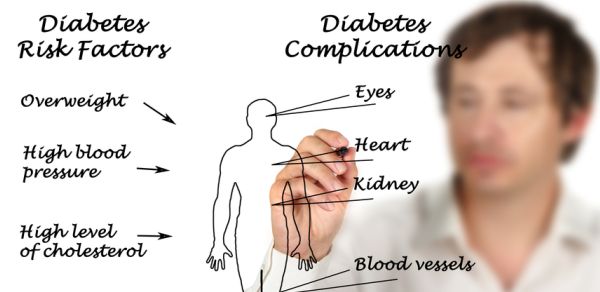Medical conditions are often passed down through families. So, what information should you be passing down the family tree?
There are two ways genetic disorders are passed down through families. A faulty gene, which directly causes a problem either at birth or later in life, can be passed from parent to child. Or a faulty gene, which causes genetic susceptibility, is passed on. Environmental factors such as diet and exposure to chemicals can then combine with this susceptibility to cause a disorder.
What should you tell your family about your health?
The short answer is everything. Even if your children are completely healthy, it is still important to tell them about your health history, as they can develop disorders later in life, or pass the faulty genes on to their children. If you feel uncomfortable, writing it down in a clinical list can help you to have a clear, open discussion about any health issues which may affect them.
Just because you have a health issue does not mean you will always pass it on to your child. It can simply make your child more likely to also suffer from it. Likewise, not all of our health problems are passed on from our parents. When you sit down and make a list of your health issues, think about things which affected you when you were both a child and a teenager, as well as in your adult life. Some health problems which you should tell your family about include:
- Heart conditions
- Diabetes
- Thyroid and other hormonal problems
- Mental health problems, including depression
- Extreme menopause symptoms
- Arthritis
- Autoimmune disease
- Cancer, especially breast and prostate cancer. Scientists now believe that if a father has had prostate cancer it increases his daughter’s chances of getting breast cancer, and the reverse for mothers and sons. It is important not to let gender stop you from telling your family about a problem.
This list is by no means exhaustive. It simply shows how your genetics can increase your likelihood of getting many of Australia’s most common health problems.
What do your genetic markers tell you?
A genetic marker is a section of your DNA. It is always located on the same part of the chromosome, which can be used to determine your genetic characteristics. For example, scientists know which part of your DNA to look at in order to ?nd out whether you have brown hair or blonde. The hair colour genetic marker is the bit of your DNA which tells your body which colour to make your hair, and it is always found in the same location on everyone’s DNA.
Genetic markers can also tell a specialist whether you are more likely to suffer from particular health problems. Scientists have not yet mapped out what all our genetic markers mean, however, there are some genetic markers which they know to be associated with certain conditions. Two such markers which have been in the news recently are the BRCA1 and BRCA2 gene mutations. Women who carry these gene markers are known to be more likely to suffer from breast and ovarian cancer.
What you should be tested for?
Genetic testing is increasing in popularity in Australia, however, testing for most conditions is not yet common. You may know that it is common practice to test all babies in Australia for cystic fibrosis. What you may not know is that this is a genetic test, where scientists look for the cystic fibrosis genetic marker. For those aged over 50 the most common genetic tests are for cancer markers. If you already have a specific cancer which is known to be inherited, your doctor may suggest that you have a blood test to attempt to identify the faulty gene. If it can be found, your family can then also be tested to see if they have also inherited the faulty gene. If they have, it gives them early warning to look out for signs of that particular cancer.
The other common cancer tests are for known mutations, such as the BRCA1 and BRCA2 mutations, which are associated with breast cancer. If your family has a history of breast cancer, for example if both your mother and grandmother suffered from it, then you can be tested to find out if you carry these gene mutations. Again, this gives you early warning that you are at an increased risk of breast and ovarian cancer. Genetic testing can be costly and take considerable time to complete, so it is important to discuss the pros and cons with your doctor before going down this path.
Your family health tree
A family health tree is set out a lot like a regular family tree, with extra space in which to include details of health conditions. Writing out your family health tree can be a great way to notice new trends in your family. It might turn out that urinary tract infections are a common occurrence for the women in your family, or that all the men on your grandfather’s side go bald at a young age. Making a family health tree can also be a useful way to start the conversation with other family members. A family health tree should include the following information about each of your family members:
- Name
- Gender
- Year of birth and, where applicable, death
- Age at death
- Any major health conditions, and the year in which they began.
Once you have created it, you might also like to show your family health tree to your GP. He or she may notice trends which to you seem trivial or harmless. It is also a good idea to make copies for your family members, as it provides an invaluable record.

